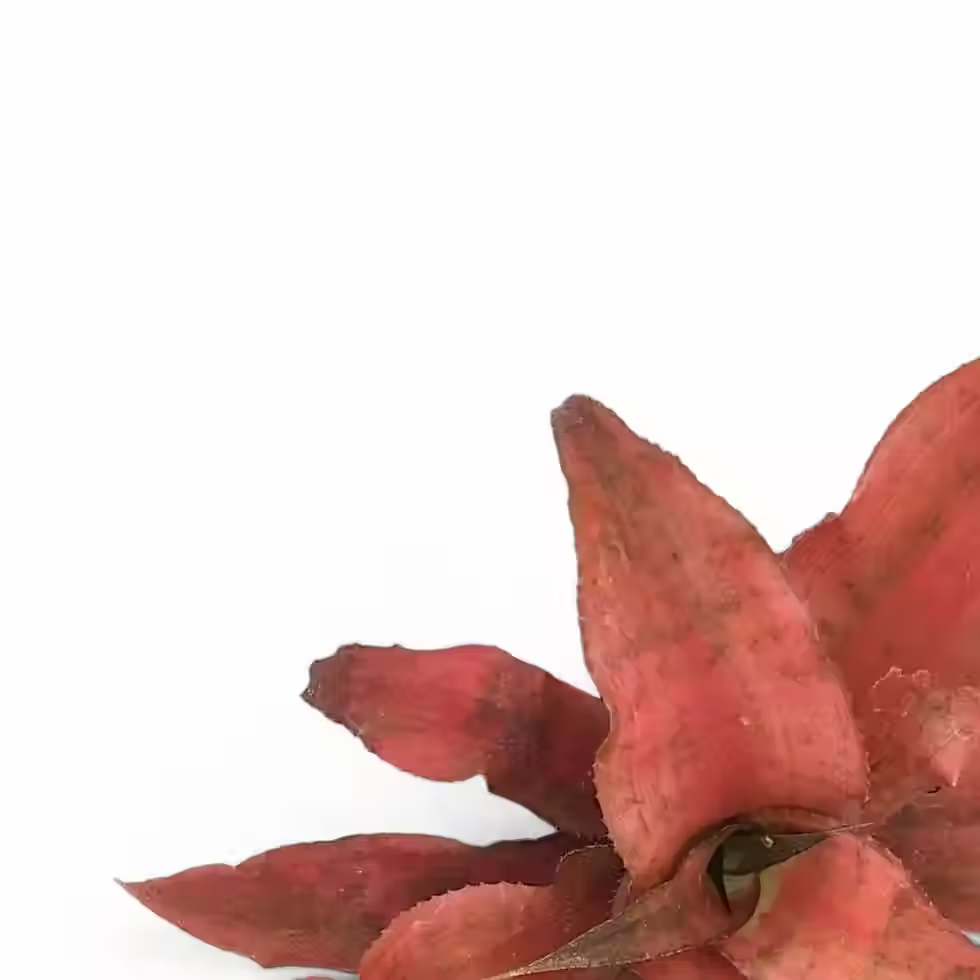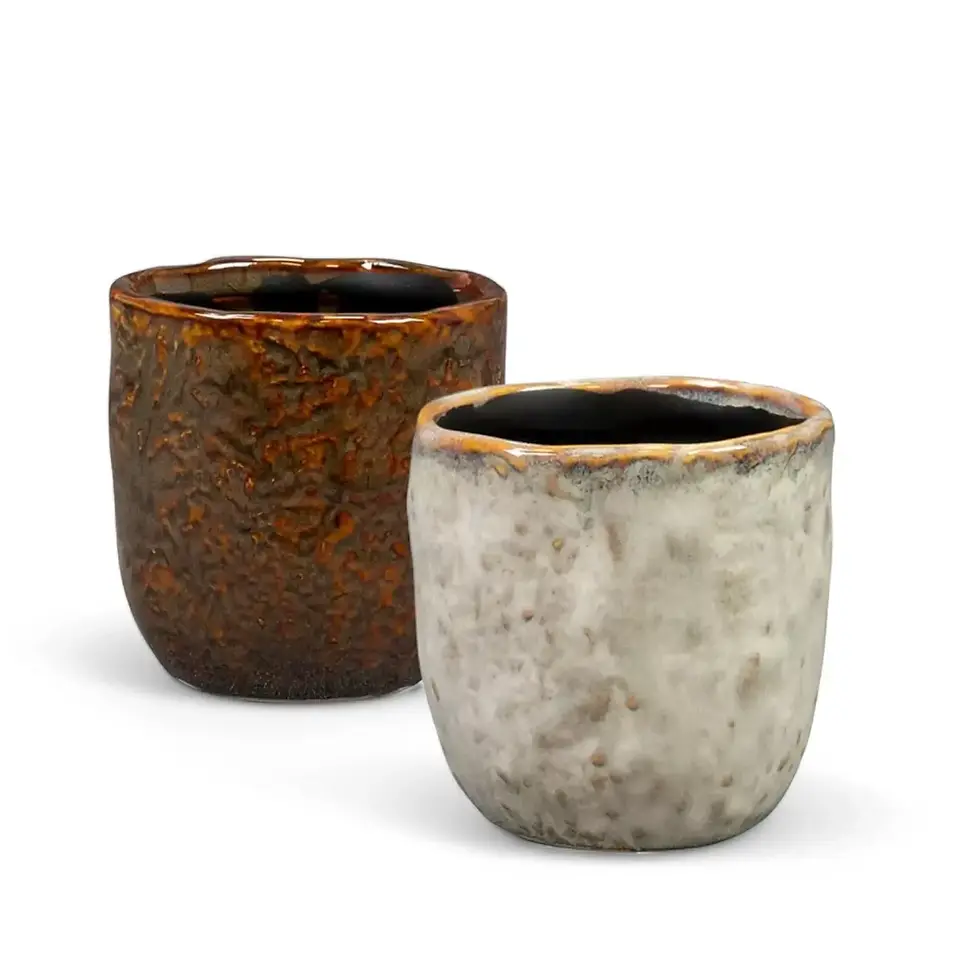Hoya pandurata sp. Vietnam - Comprehensive Care Guide and Unique Features
Hoya pandurata sp. Vietnam is a captivating variety of Hoya pandurata Tsiang, celebrated for its elegant, elongated leaves and profuse flowering habit. Originating from the humid forests of Vietnam, this tropical epiphyte thrives in filtered sunlight and high humidity. Known for its resilience and ease of care, this Hoya variety is a must-have for plant enthusiasts seeking to add a touch of nature’s artistry to their indoor collections. With its cascading vines filled with clusters of fragrant, star-shaped flowers, Hoya pandurata sp. Vietnam is both a visual and olfactory delight.
Key Features of Hoya pandurata sp. Vietnam
- Distinctive Foliage: Long, narrow leaves with a glossy surface and slightly textured feel, reaching up to 12 cm in length.
- Prolific Flowering: Produces clusters of creamy white, star-shaped flowers with pinkish centers, exuding a delightful fragrance.
- Versatile Growth Habit: Thrives as a trailing or climbing plant, making it perfect for hanging baskets or trellises.
- Low-Maintenance Charm: Adapts well to indoor conditions with modest care requirements.
How to Care for Hoya pandurata sp. Vietnam
-
→ Lighting Needs: Best Light for Growth and Blooms
- Prefers bright, indirect light. Avoid direct midday sun to prevent leaf scorch.
- Can tolerate some morning or late afternoon sunlight.
-
→ Watering Tips to Prevent Root Rot
- Allow the top 2-3 cm of soil to dry out between waterings.
- Reduce watering during cooler months.
-
→ Humidity Requirements for Lush Growth
- Thrives in high humidity but adapts to average indoor levels. Aim for 60% or higher if possible.
-
→ Ideal Temperature Range
- Prefers temperatures between 18-26°C. Protect from cold drafts.
-
→ Best Soil Mix for Hoya pandurata sp. Vietnam
- Use a well-draining mix of orchid bark, perlite, and coco coir to replicate natural epiphytic conditions.
-
→ Fertilizing Schedule for Vibrant Growth
- Feed monthly with a balanced, water-soluble fertilizer at half strength.
-
→ Pruning and Maintenance Tips
- Prune to control shape and remove dead leaves. Encourages more branching and blooms.
Common Problems and Solutions for Hoya pandurata sp. Vietnam
-
→ Yellow Leaves: Causes and Fixes
- Caused by overwatering or poor drainage. Ensure soil dries between waterings.
-
→ Managing Root Rot Effectively
- Prevent by using well-draining soil and reducing watering frequency.
-
→ Dealing with Pests Naturally
- Inspect regularly for mealybugs, spider mites, and aphids. Treat with insecticidal soap.
-
→ Preventing Leaf Drop
- Keep conditions stable and avoid sudden environmental changes.
Propagation Tips for Hoya pandurata sp. Vietnam
- Stem Cuttings: Take a cutting with at least two nodes and place it in water or a moist, well-draining substrate until roots develop.
- Best Time to Propagate: Spring and summer offer the fastest rooting and growth.
Etymology and Origin of Hoya pandurata sp. Vietnam
The genus Hoya was named in honor of Thomas Hoy, an English gardener and botanist. The species name "pandurata" refers to the unique shape of the leaves, reminiscent of the ancient pandura musical instrument. This blend of historical tribute and morphological description adds depth to the plant’s charm.
Frequently Asked Questions (FAQs) about Hoya pandurata sp. Vietnam
-
→ How often should I water Hoya pandurata sp. Vietnam?
- Water when the top 2-3 cm of soil is dry. Reduce frequency in winter.
-
→ Is Hoya pandurata sp. Vietnam toxic to pets?
- Yes, it can be mildly toxic if ingested. Keep out of reach of pets.
-
→ Can Hoya pandurata sp. Vietnam grow in low light?
- It can tolerate lower light but may grow slowly and not flower.
Add Hoya pandurata sp. Vietnam to your collection today and enjoy its stunning foliage and fragrant blooms!
Hoya pandurata sp. Vietnam
Hoya pandurata sp. Vietnam comes in a ⌀ 12 cm pot and is approximately 15 cm tall

























































